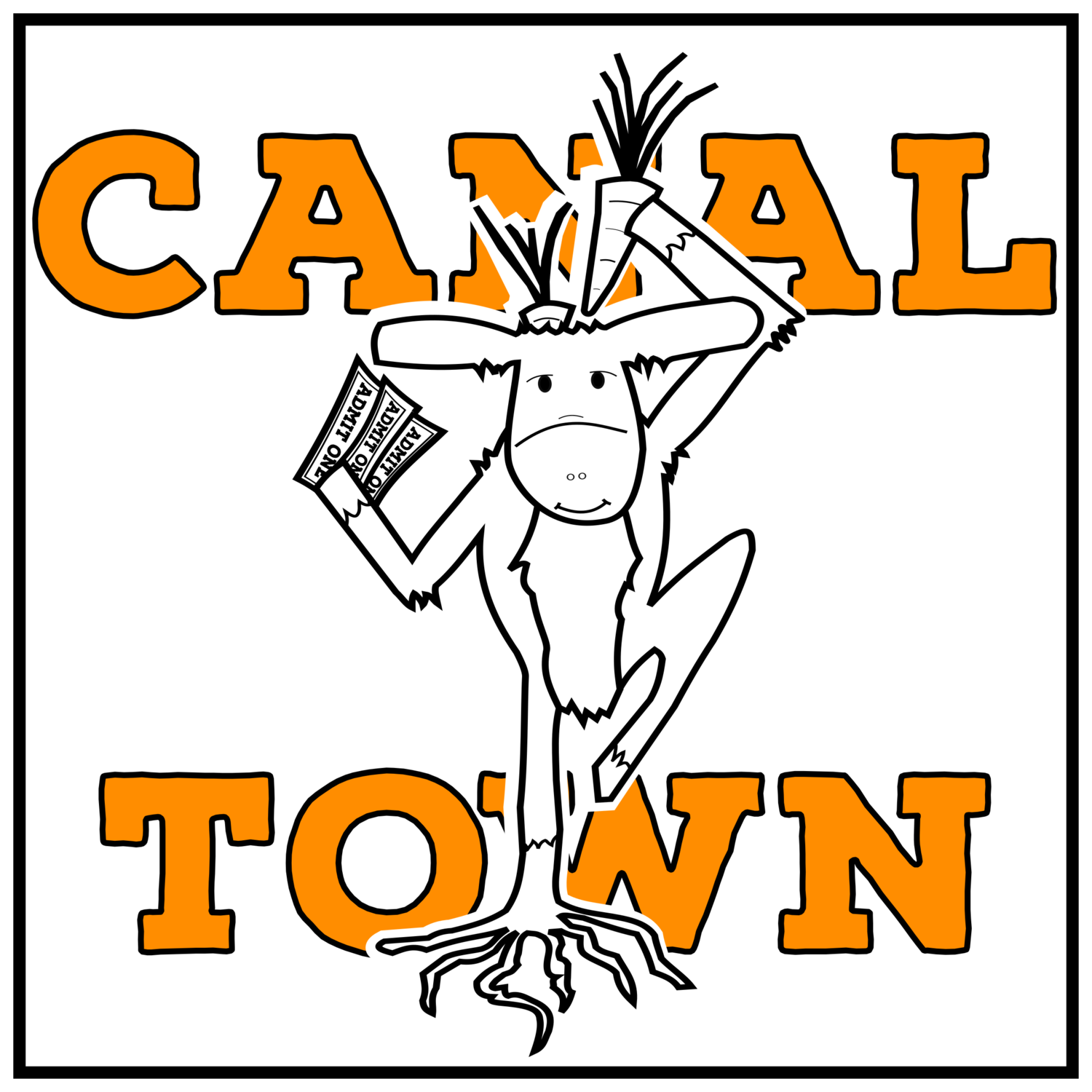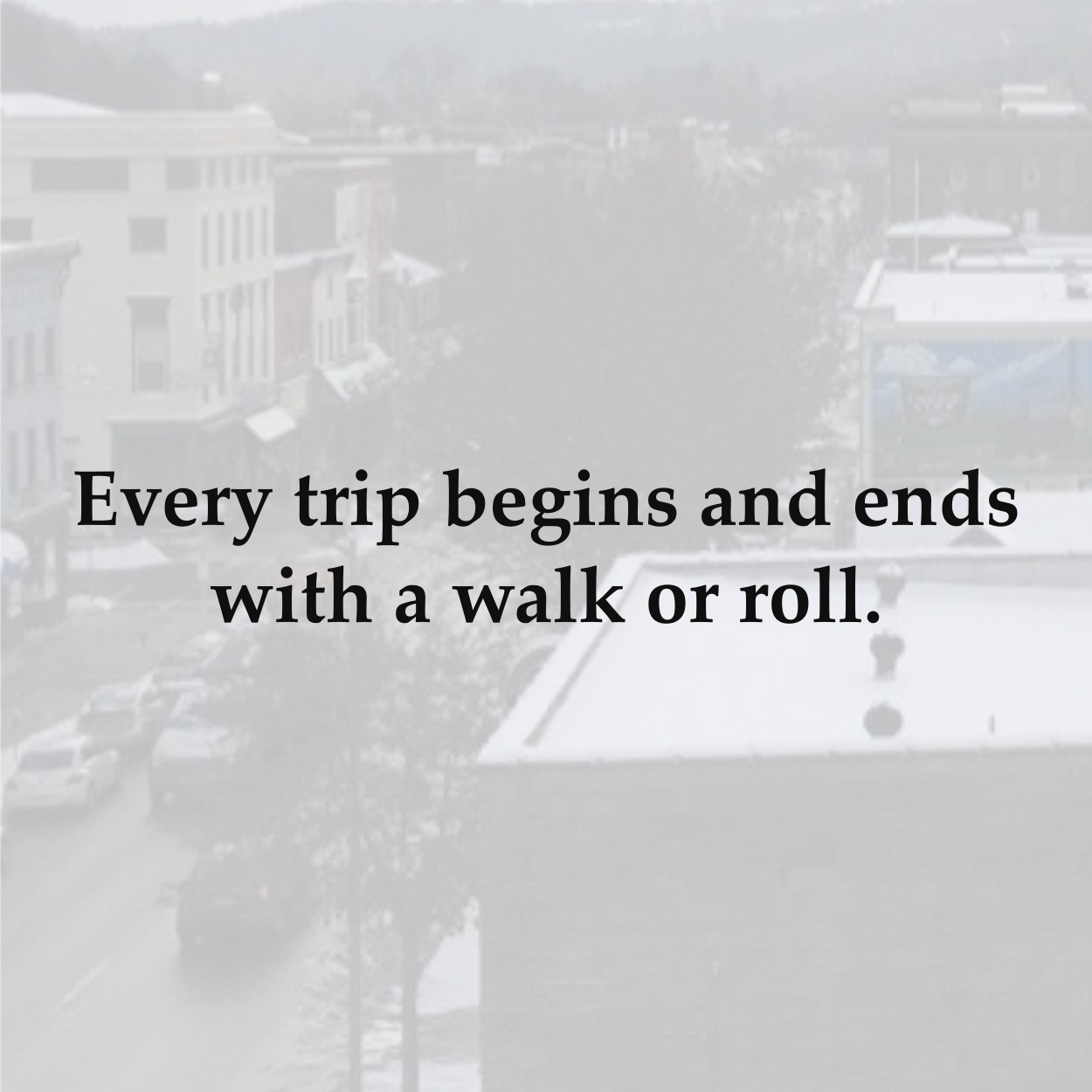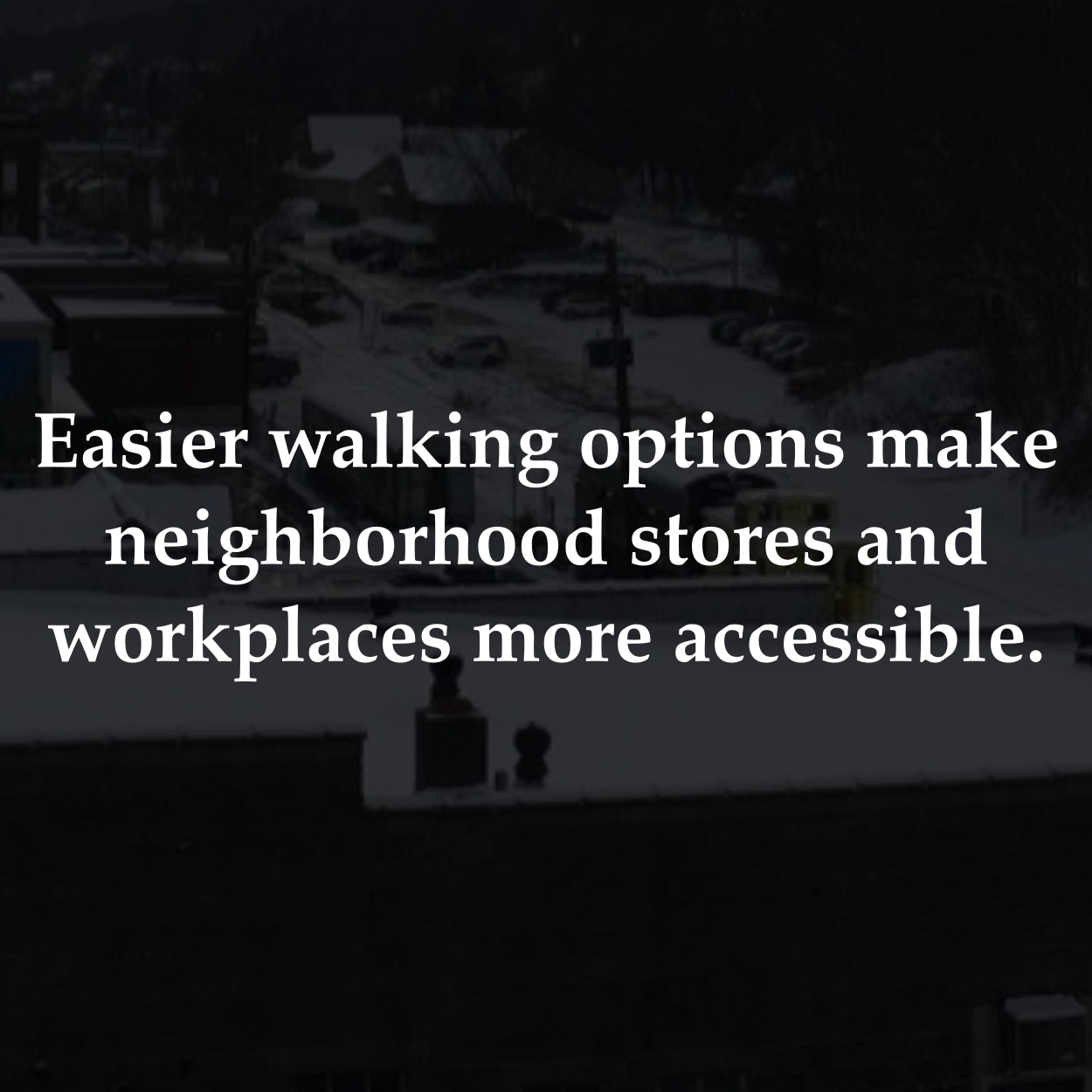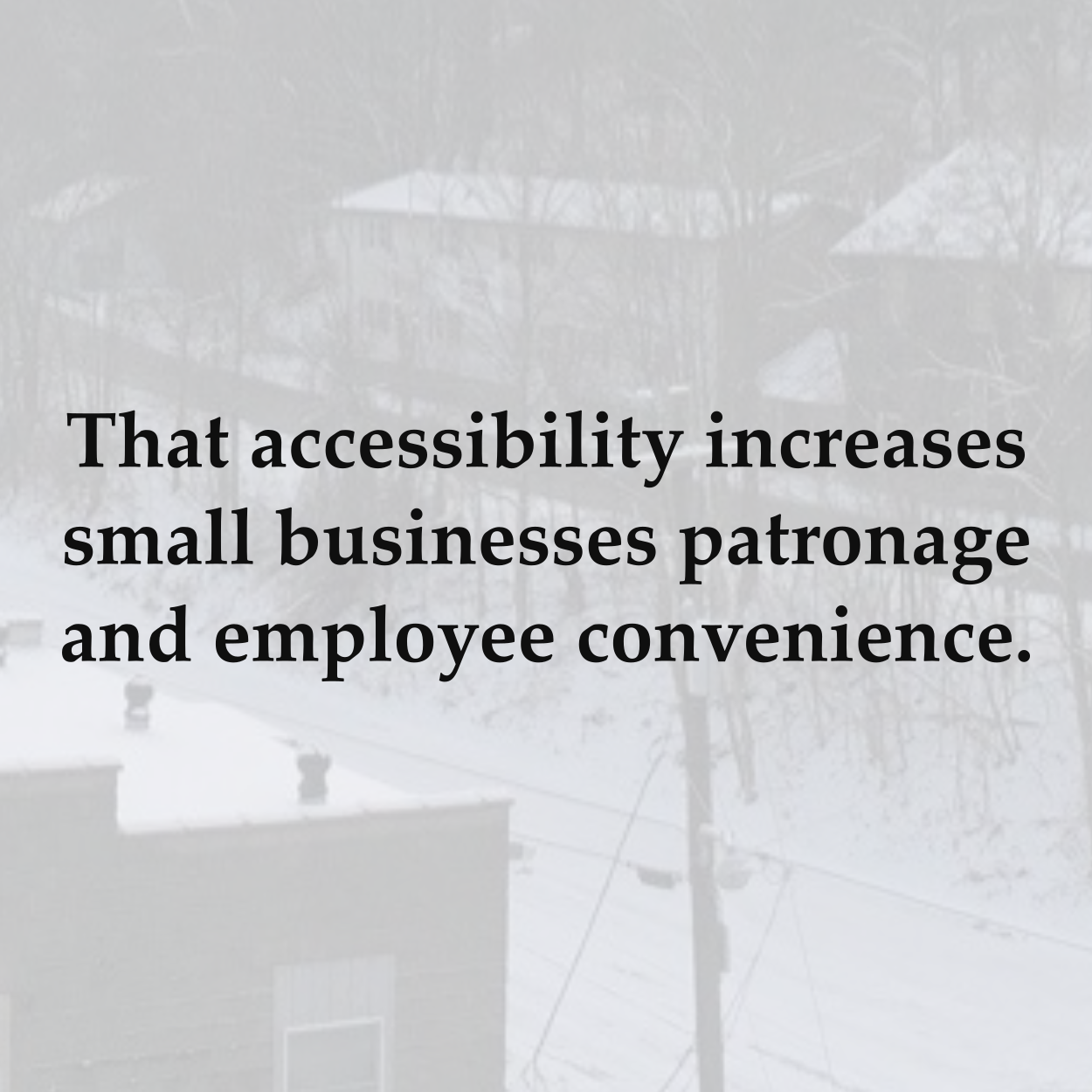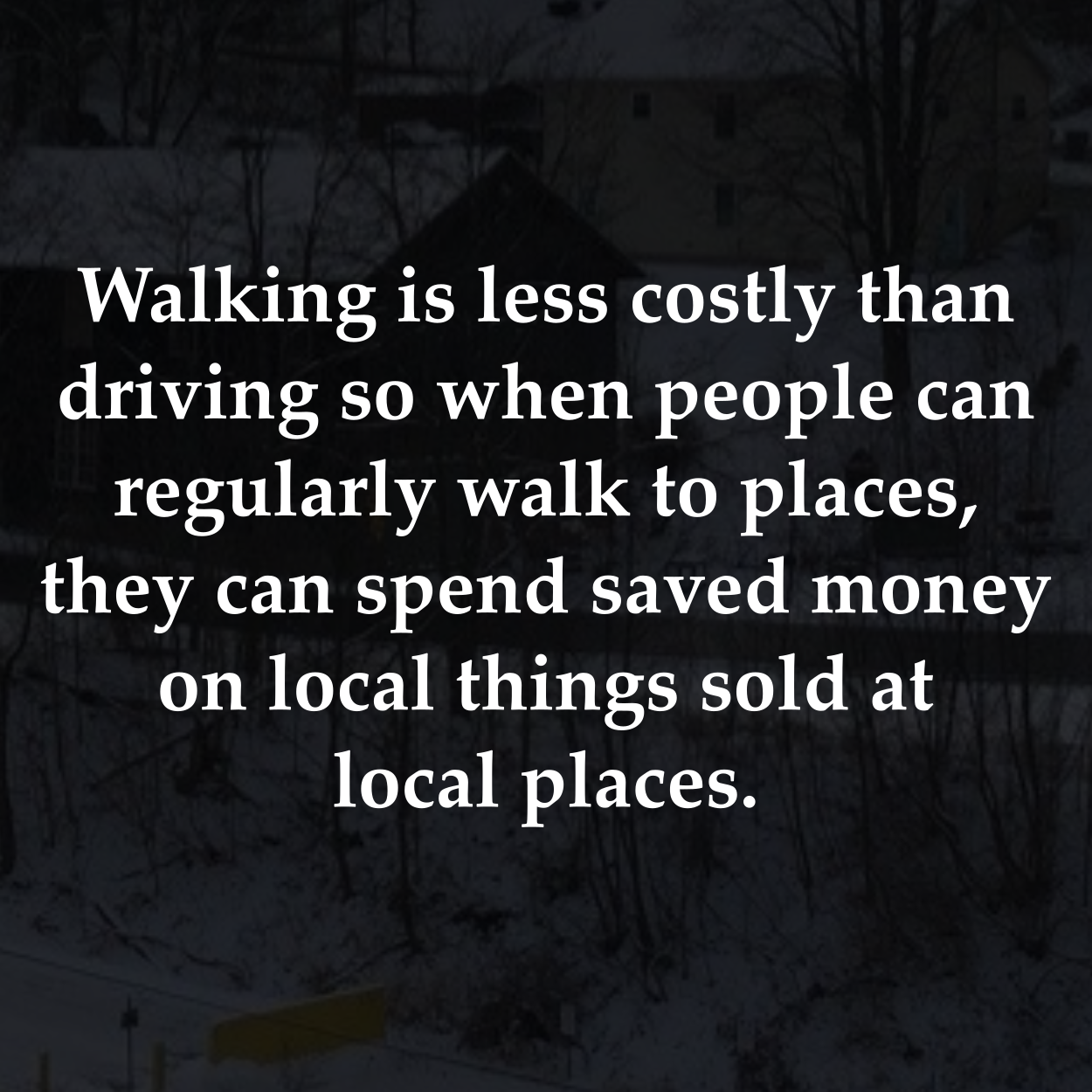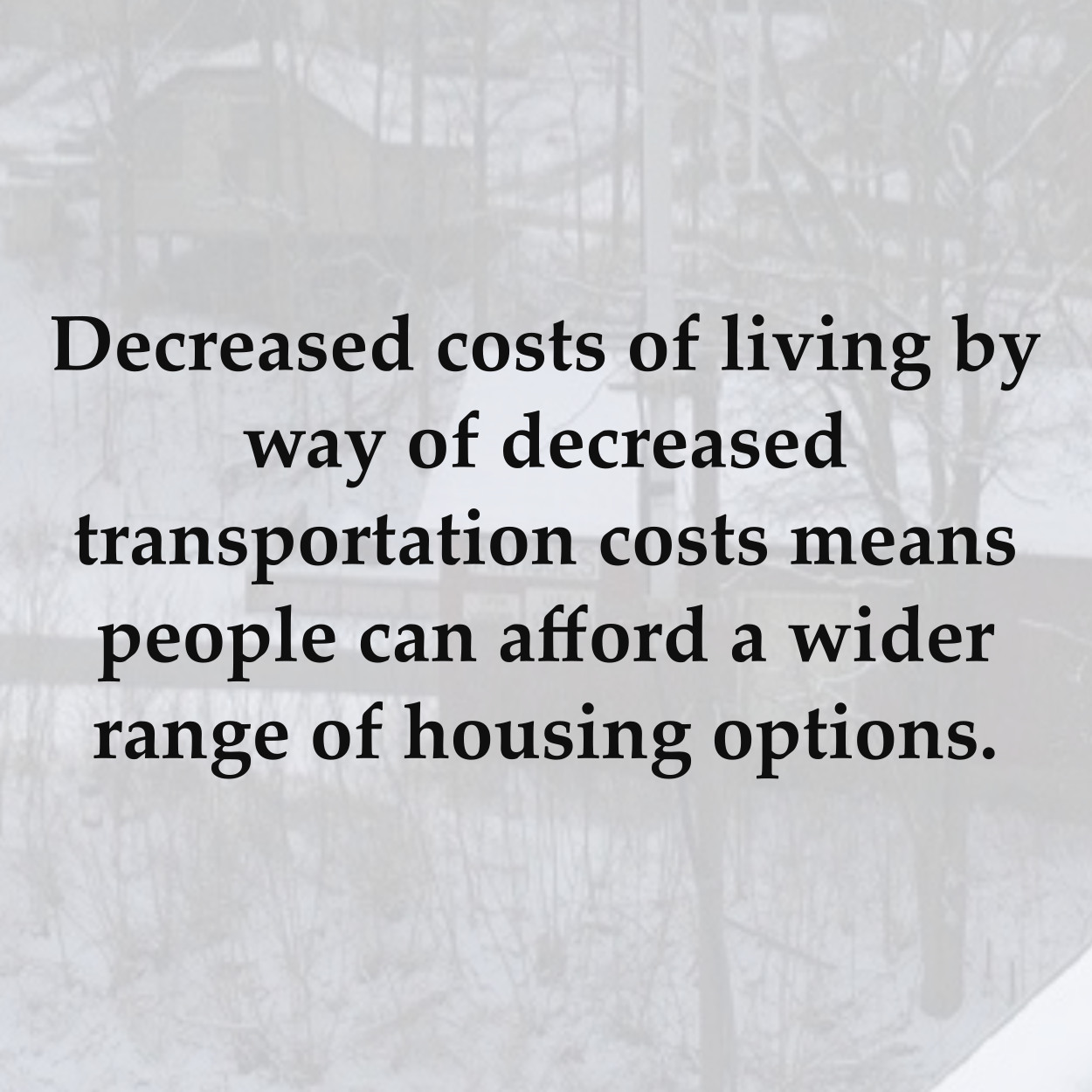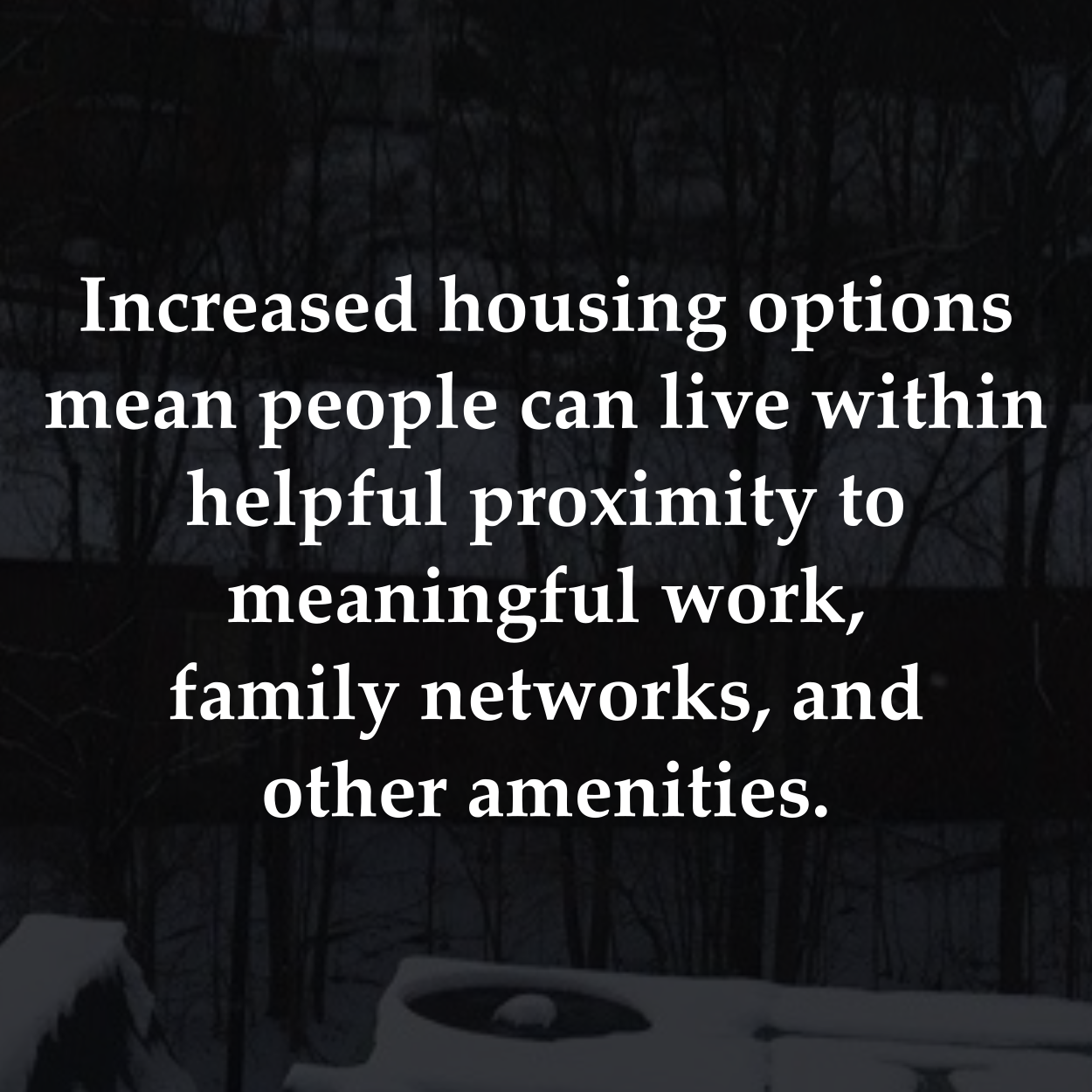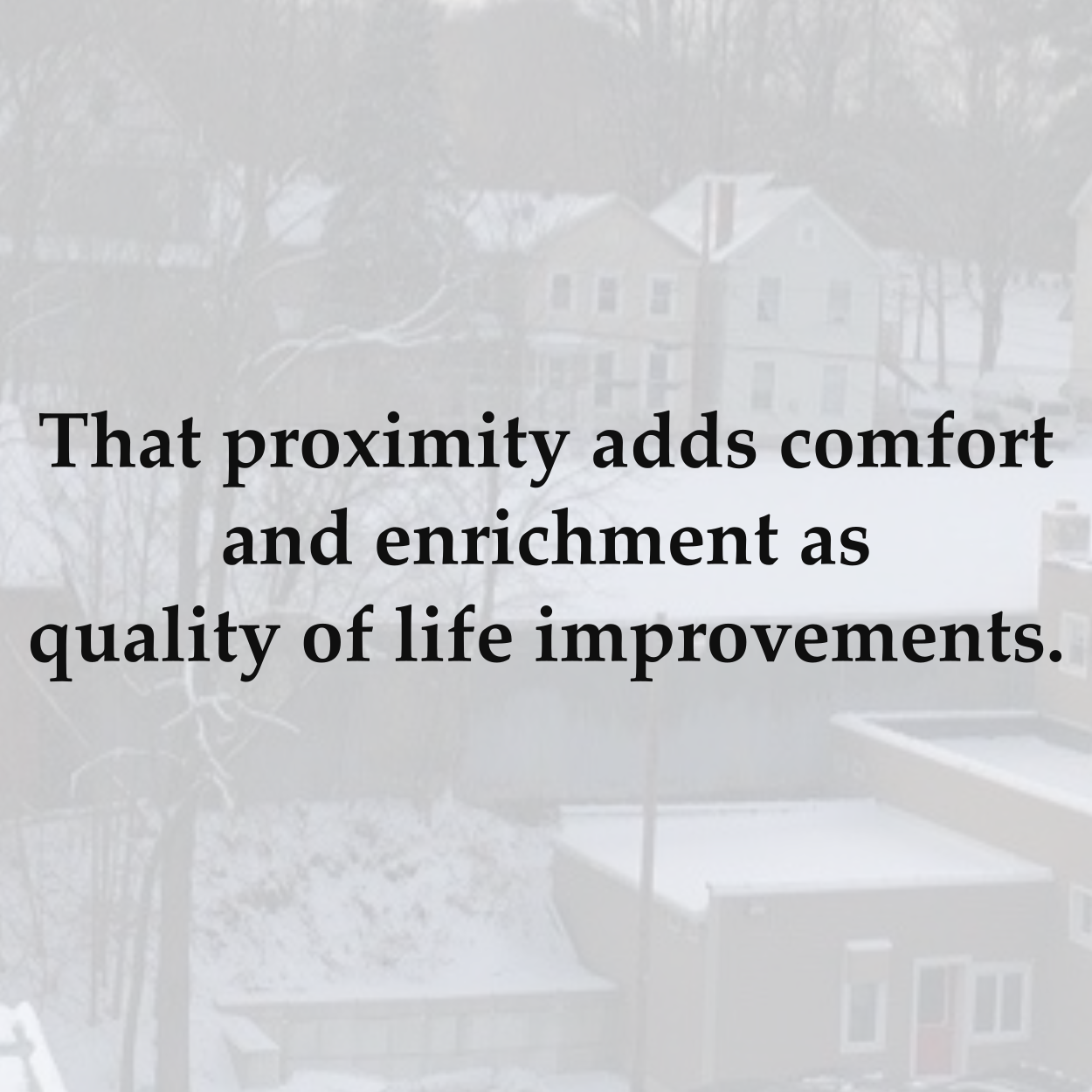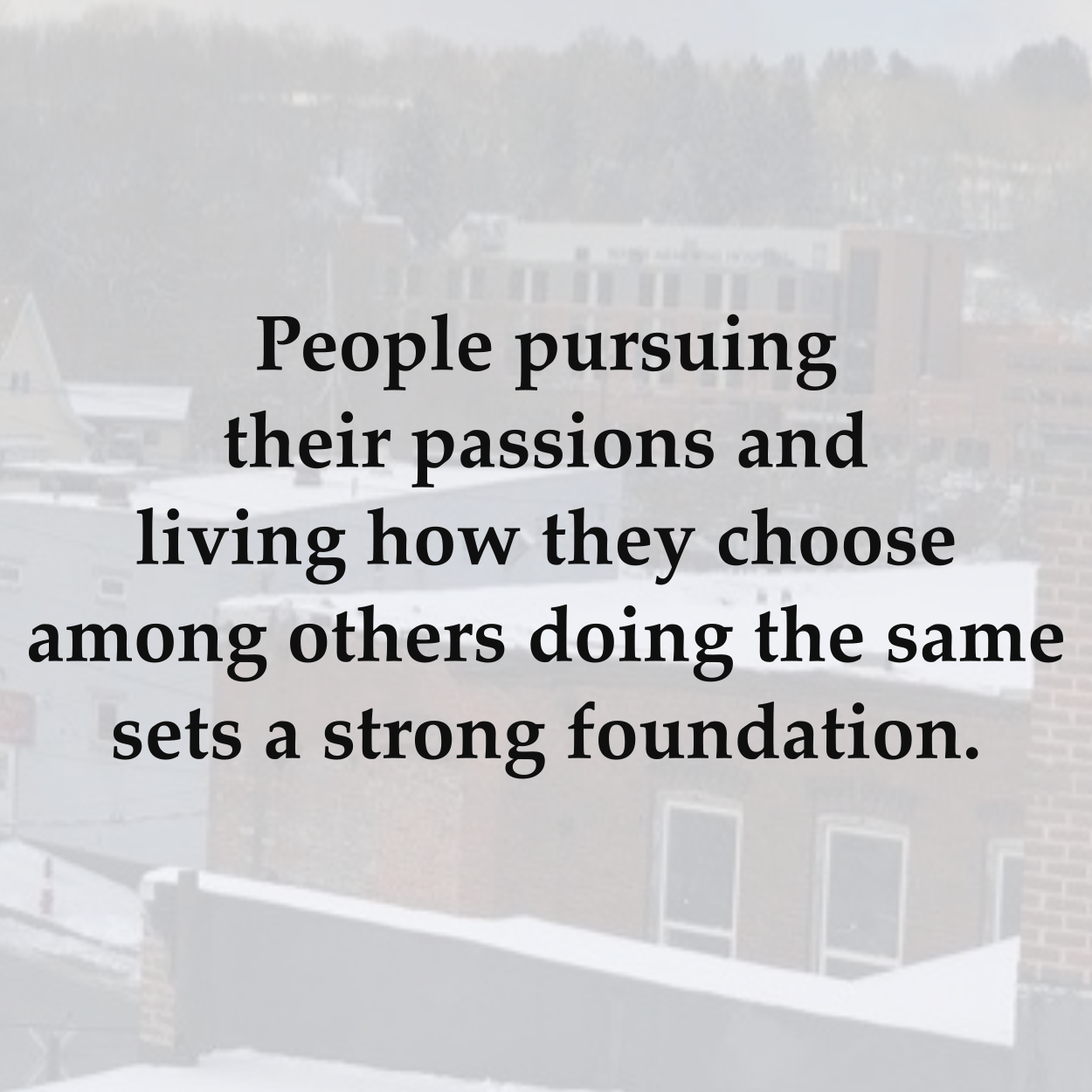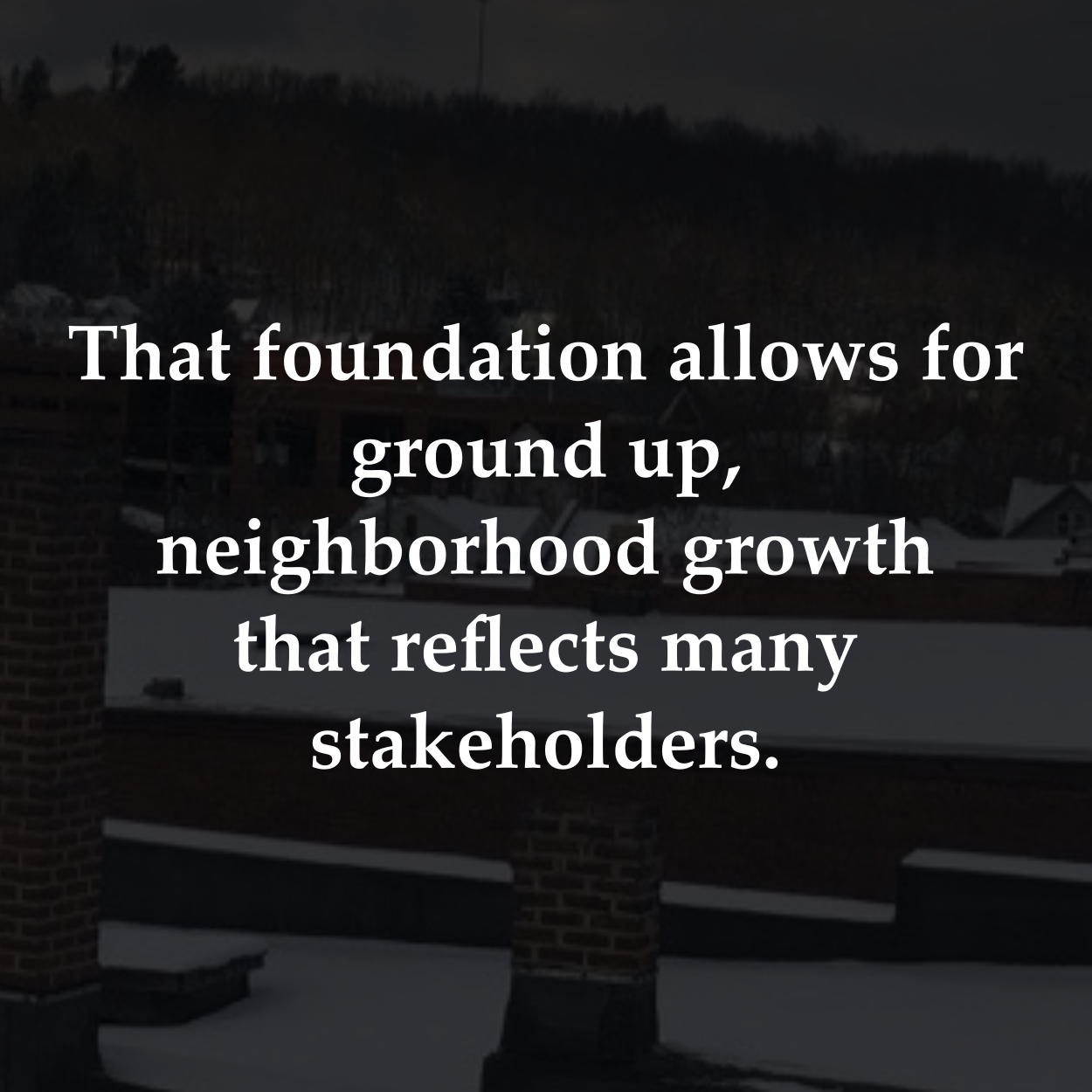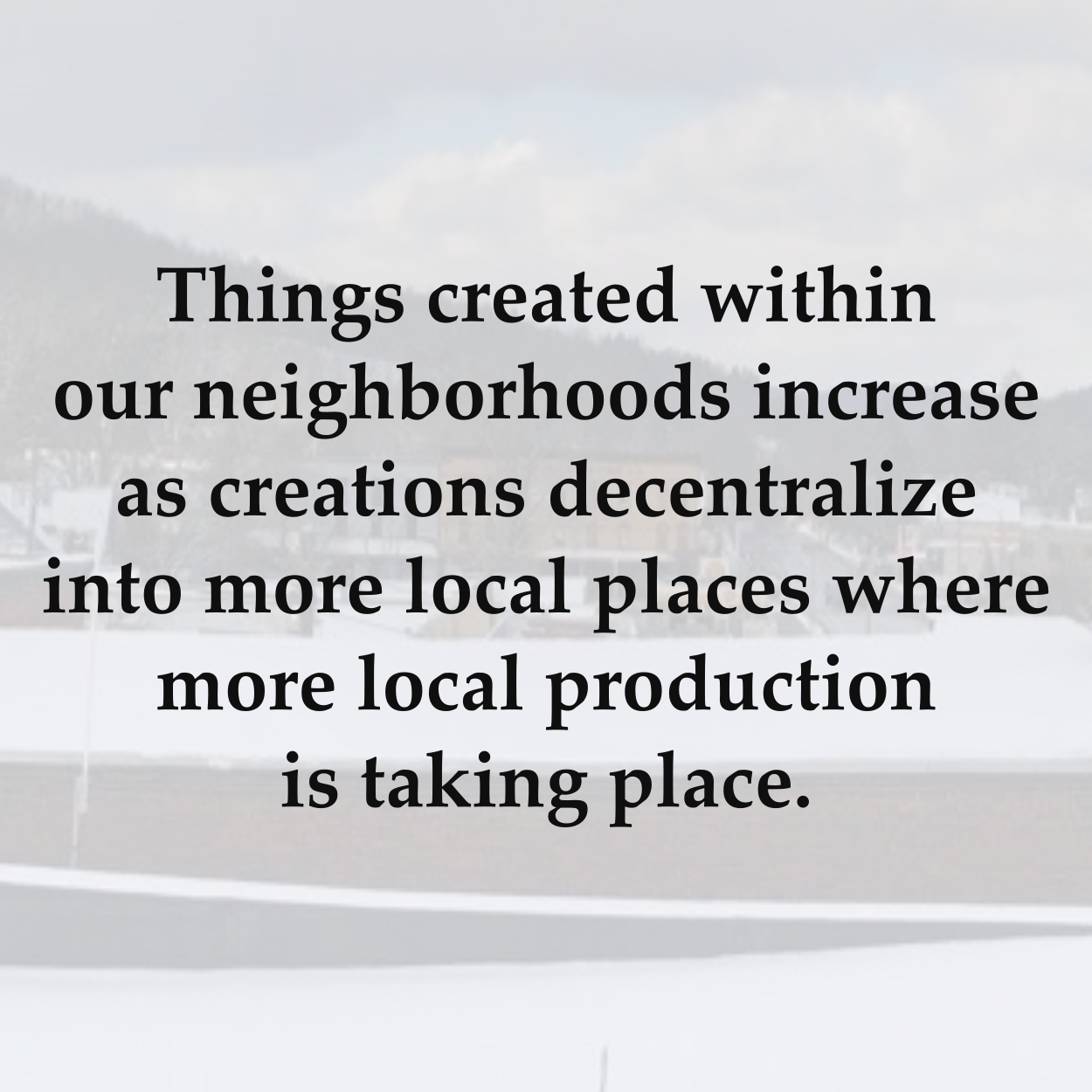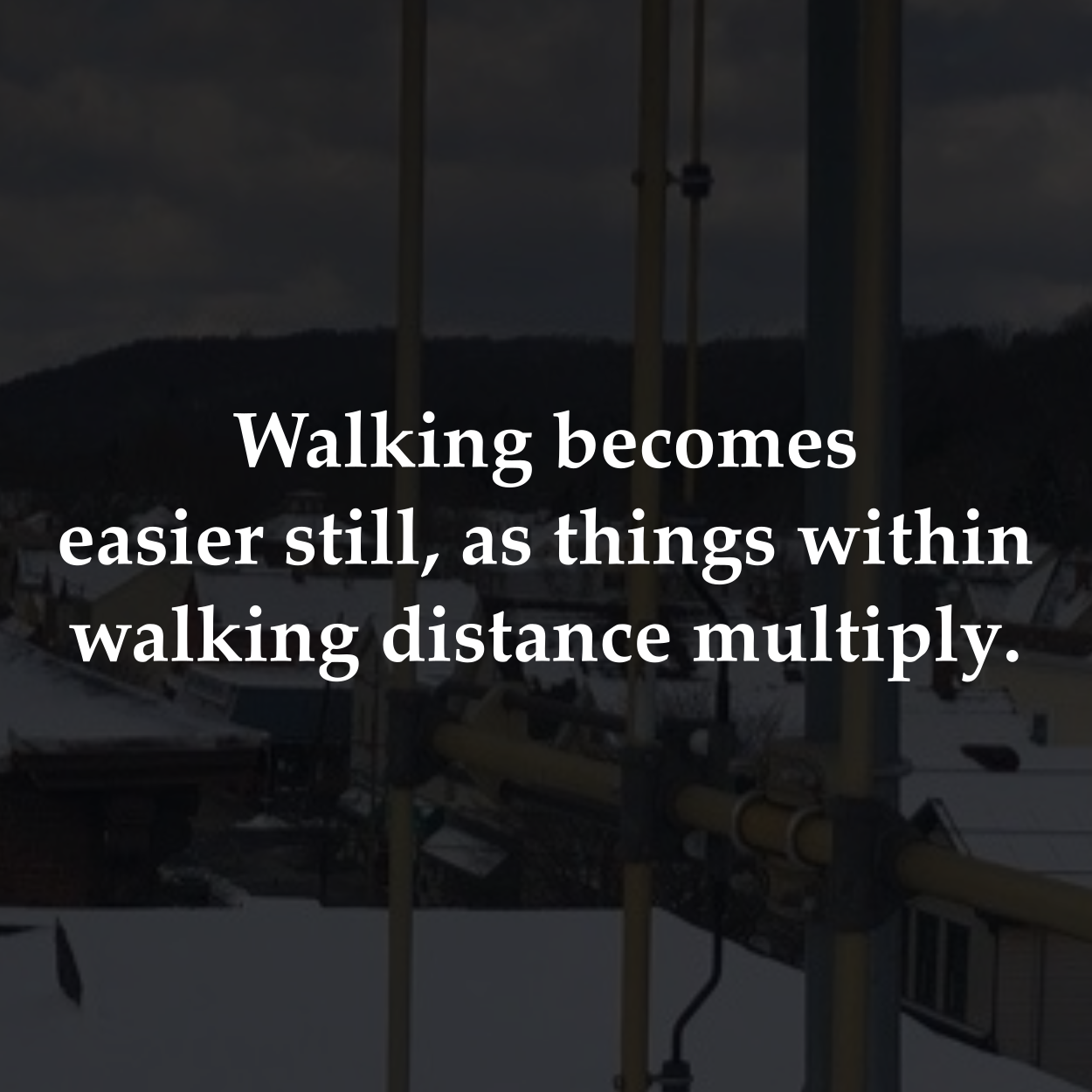So what’s with all the talk about walkability? Aren’t trails and such just fancy projects for tourists? What about the neighborhood issues we talk about over the kitchen table?
These are reasonable questions asked lately in reference to remixed renderings featuring scenes that ponder “What if?” Honesdale… looked like… this.
One way to answer them, in reverse order, might be: they’re connected; not really; it’s a part of everything and hasn’t gotten the attention it deserves.
Here’s a quick primer on how walkability connects to everyday life.
Walkability, therefore, is not a distraction or diversion of attention away from important Honesdale issues. It is integrally related. Recreational trails get flashy attention but being able to walk within our community represents a foundation of accessibility. One that supports the local economy and a high quality of life.
Our last major road network investments did not account for walking. Those were choices people made. Our next round of investments can add that value back for the current and for future generations.
Within our local landscape, everybody walks or wheels around depending on their abilities.
Yes; there is a lot of driving and it’s very noticeable. It is the preferential mode of transport our street networks have been designed around, after all. Each bit of driving, however, includes a walk or multiple walks that are so baked into our travel experiences they hide in plain sight.
We walk to our cars, across yards and into garages from home. We walk between our cars and destinations, through parking lots and along sidewalks. We walk inside our homes and places of work and anywhere else we inhabit on a daily basis. Even when we take the bus or hop a train or ride our bike, a walk is still part of the journey.
The same isn’t true for driving. For many of us, a drive is necessary. For others, it isn’t. Either way, a walk isn’t dependent on driving yet each drive depends on walking.
Crosswalk, West and Park Streets, Honesdale
Walkers represent the least accommodated transportation user, network wide, even though that type of usage is ubiquitous and a part of every trip. Planning around these everyday strolls has been neglected. Some necessary walks are now uncomfortable and other reasonable walks are inconvenient. We can fix that by paying attention to how walkable our community is.
Recognizing the baseline of accessibility that compliments the most total users is at the heart of walkability. Being able to comfortably and conveniently walk around is critical because it reflects the core functionality of our transportation system. When we plan out and develop land uses within our local landscape, it’s important to address core functions, like those that accommodate the most number of people.
Let’s explore an imagined landscape out of our existing one. This rendering features separated sidewalks clipped from somewhere else and placed alongside Grandview Avenue (Route 6), between downtown Honesdale and the former K-Mart’s commercial corridor. Bonus buildings were added to make this imaginary walk more enjoyable.
This road was designed in service of car/truck flow yet, connected to it are countless places people visit regularly as patrons, residents, and workers. As such, people walk along this stretch of road every day, even though it’s neither comfortable nor convenient to do so.
Those who walk this way didn’t design the road to make their trip to work more terrifying. Their core usage was not accounted for. We can plan around more thoughtful accounting going forward. Sharing, talking, and thinking about images like this can help.
Visualizing changes to our neighborhoods is a productive practice. The perpetual flow of people and places is a truth we share. Change is constant and stasis doesn’t exist. Discussing, imagining, and planning around changes before they inevitably occur can also be empowering. Especially when we invite engagement and welcome participation of all stakeholders.
At times, the built features we know seem like fixed landmarks. We have longstanding associations with spaces we know. Everything can make up the tapestry of what we call home. These physical landmarks aren’t static, however. They didn’t always exist the way they are now and they won’t stay in their current state forever. That’s what the rendering above and the next one below are all about.
Presently, with a road fully built out in service of tractor trailer turning radii and a certain throughput of vehicle miles traveled, pedestrians pushing strollers have no choice but to cross a raucous highway to pick up groceries. This visualization features a walking bridge above 4th Street (Route 6/PA 191), near the CVS. Said bridge was clipped from elsewhere and placed atop a busy intersection.
Walking across this road is currently hectic. Poles and signs obstruct views. Walkers have to push buttons (something unimaginable for someone driving) to have their existence recognized. Drivers have been known to honk and yell at people crossing the street. People who are simply trying to go by toothpaste, in precarious, mid-crossing positions planned for by others who never walk nearby are stuck in unaccounted for limbo.
Again, those who walk here didn’t design the road to make their family errands more life-threatening. Their core usage was not accounted for. Going forward, it can be. In service of balanced street books, we can cook up solutions to existing road problems ahead of time.
There are many ways to address this but, in a decade’s absence of accommodation, imagining a more fantastic option (new bridge) seemed appropriate. It’s shown as a reminder that our landscape is not fixed, that we can design around accessibility for all road users, and that vast amounts of public funds are spent on safe automobile spaces, without hesitation, every year.
An additional bonus here is a commercial sign turned way-finding trail signage shown as another reminder. The CVS developers were good neighbors back in 2010 and agreed to reserving space for river access. People use this access and, someday, we can pursue enhancing it, thanks to a dozen-years-old planning process that discussed more than the bare bones basics of expediting drive through commercial development downtown.
Considering even a little bit more now can make a big difference way later. Re-imagining the landscape is an important step in that process. So is knowing that we can design around re-imagined landscapes and are not limited to already existing patterns.
Alternative ideas come to life all the time. That’s why communities pursue comprehensive planning and feasibility studies. Recently, the Downtown Honesdale Revitalization Plan (2021) did this very thing by showing how our streetscapes could look different in the future. Similarly, the Wayne County Trails Feasibility Study (2020) did this as well by highlighting how practicably feasible and publicly popular developing a Lackawaxen River Trails network between Honesdale and Hawley could be.
Combined, the Trail Study’s identified core trail along Main Street in Honesdale wonderfully aligns with the Revitalization Plan’s supported streetscape priorities. In the same way that a more walkable community connects with many other things, thoughtful planning can turn two projects into one.
Main Street Sidewalk and Lackawaxen River Trail, 600 Block Honesdale, West
These planning processes are within our collective abilities to engage in. Grant funding and consultants help us identify shared goals. Everyday people sharing time and resources can do the same. Engaging in such ideation is the important thing. That’s what starts and continues conversations.
We can take a picture of a place and draw things on top of it. We can write about our neighborhood experiences and how they might be made better. We can share those stories with our friends, family, and elected officials. We can use free tools like Google Maps, the Snipping Tool, and Inkscape to cut out pieces of other places and lay them over our home places to tease out potential realities.
Work is constantly being done to plan for the future. Everyone can join in, in their own way. The more we share this work, the more we can be a part of everything already happening all around us. The larger and more diverse that body of participants is, the more thoughtful and varied our solutions will be.
Welcome to the party. You’re invitation doesn’t expire. Streets are for people so come on out to play.
